Dom Perignon “”P2″” Brut, 2002
$469 Original price was: $469.$380Current price is: $380.
Dom Pérignon P2
Experience the pinnacle of luxury with Dom Pérignon P2. This exquisite vintage champagne, aged for over 15 years, unveils complex notes of toasted brioche, ripe peach, and subtle minerality. At 12.5% ABV, its refined bubbles and creamy finish make it perfect for grand celebrations or sophisticated pairings.
Dom Pérignon P2: Your Guide to Champagne’s Second Peak
If you’re exploring the world of luxury champagne, you’ve likely encountered the legendary name Dom Pérignon. But within this already prestigious category exists something even more special: Dom Pérignon P2. This expression represents a fascinating concept in champagne aging that takes the already exceptional Dom Pérignon experience to new heights. This comprehensive guide will walk you through everything you need to know about Dom Pérignon P2—from what makes it different to why it commands such reverence and premium pricing.
What is Dom Pérignon P2?
Let’s start with the fundamental question: what exactly is Dom Pérignon P2? The “P2” refers to the second “Plénitude” in Dom Pérignon’s unique aging philosophy. Unlike vintage champagne that’s released after the standard aging period, Dom Pérignon P2 undergoes extended lees aging—typically 12 to 15 years or more—before disgorgement and release.
The concept of Plénitude (sometimes called “P” series) describes different peaks in champagne’s life cycle:
-
P1: The first plénitude—standard Dom Pérignon released after 7-9 years
-
P2: The second plénitude—released after 12-15+ years of aging
-
P3: The third plénitude—released after 20-30+ years of aging
Dom Pérignon P2 represents what the house calls the “second life” of the champagne, where extended aging on the lees (the spent yeast cells) creates greater complexity, texture, and harmony while maintaining remarkable energy and freshness.
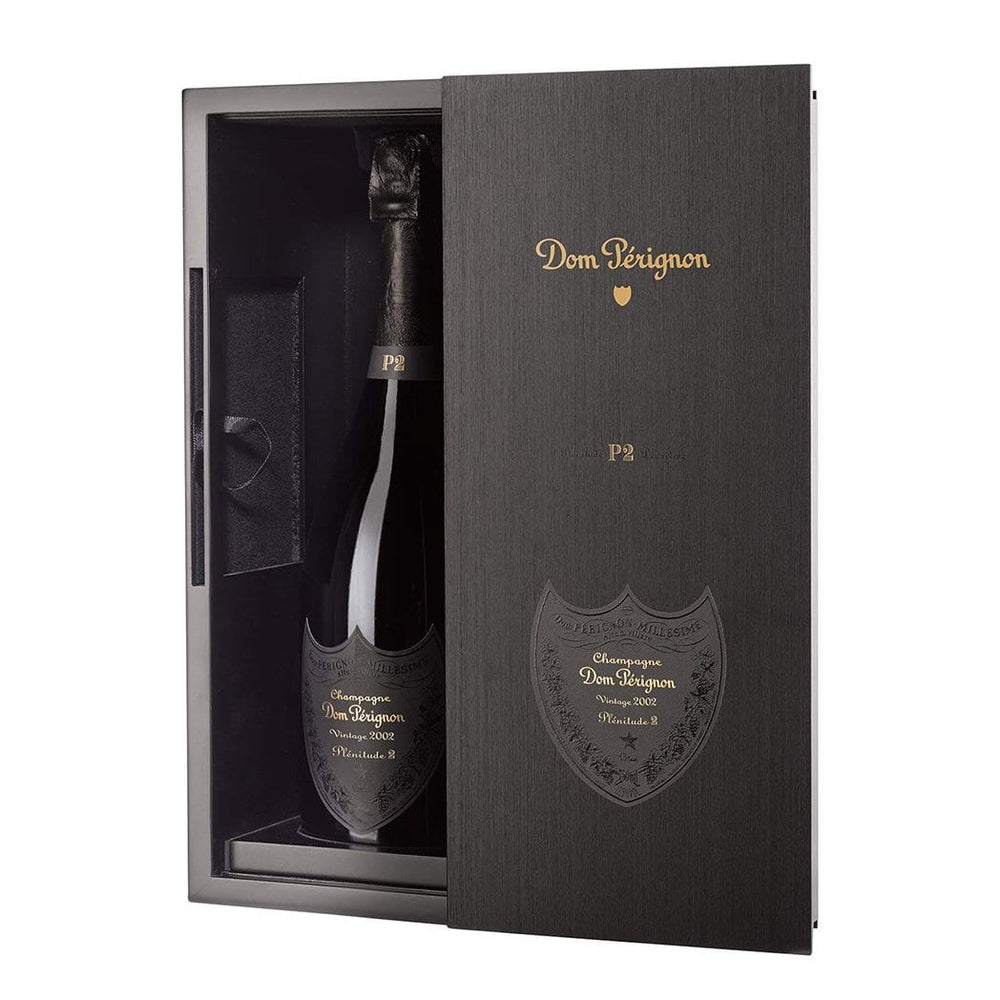
The Dom Pérignon Legacy
To appreciate Dom Pérignon P2, it helps to understand the brand’s significance. Dom Pérignon is the prestige cuvée of Moët & Chandon, named after the Benedictine monk who contributed significantly to champagne production methods. The brand maintains legendary status through:
-
Vintage-only production (only in exceptional years)
-
Consistent quality across decades
-
Cultural icon status in music, film, and luxury circles
The Plénitude Concept: Understanding the P2 Difference
The philosophy behind Dom Pérignon P2 represents a radical approach to champagne aging. Most champagnes are released when they’re “ready to drink,” but Dom Pérignon recognizes that great champagne has multiple peaks throughout its life.
The Science Behind Plénitude
The magic of Dom Pérignon P2 happens during extended lees aging:
-
Autolysis: The slow breakdown of yeast cells releases complex flavors
-
Oxidation Management: Controlled oxygen exchange develops complexity
-
Texture Development: Proteins and amino acids create creamier texture
-
Integration: All elements harmonize over additional years
Why P2 Matters
Dom Pérignon P2 offers what many consider the perfect balance:
-
Maturity: Beyond the youthful vibrancy of P1
-
Energy: Still maintaining freshness unlike older P3
-
Complexity: Developed characteristics without being overly oxidative
-
Drinkability: Approachable now but can age further
Tasting Notes: The Flavor Profile of Dom Pérignon P2
The extended aging of Dom Pérignon P2 creates a dramatically different tasting experience from standard Dom Pérignon. Here’s what you can expect:
The Visual Experience
Even before tasting, Dom Pérignon P2 presents differently:
-
Color: Deeper gold with more pronounced amber reflections
-
Bubbles: Ultra-fine, slower-rising bead
-
Viscosity: Noticeably creamier mousse
The Aroma (The “Nose”)
The aromatic profile shows clear evolution from P1:
-
Developed Fruits: Stewed apple, dried pear, apricot jam
-
Toasty Complexity: Brioche, toasted almond, honey
-
Mineral Notes: Wet stone, chalk, subtle smokiness
-
Spice Elements: Ginger, saffron, white pepper
The Flavor (The “Palate”)
The tasting experience justifies the P2 concept:
-
Textural Richness: Remarkably creamy yet precise mouthfeel
-
Layered Complexity: Multiple flavor waves rather than linear progression
-
Energy and Freshness: Maintains acidity despite extended aging
-
Umami Qualities: Savory characteristics emerge alongside fruit
The Finish (The “Aftertaste”)
The conclusion is profoundly long:
-
Minutes-Long Persistence: Flavors evolve for several minutes
-
Clean Despite Richness: Never heavy or cloying
-
Memory-Lasting Impression: Creates a benchmark experience
Tasting Insight: The difference between standard Dom Pérignon and P2 is immediately apparent. Where P1 shows precision and vibrancy, P2 demonstrates depth and wisdom. It’s like comparing a brilliant young prodigy with a seasoned master—both exceptional but in different ways.
Dom Pérignon P2 Price: Understanding the Investment
The Dom Pérignon champagne price for P2 represents a significant step up from the standard release. Understanding the pricing helps contextualize the value proposition.
Current Market Pricing
Dom Pérignon P2 price typically falls in these ranges:
-
Recent P2 Releases: $400-600 for 750ml
-
Older P2 Vintages: $600-1,000+ depending on age and rarity
-
Large Formats: Magnums often $800-1,200+
-
Secondary Market: Can exceed these ranges for sought-after vintages
Comparison to Standard Dom Pérignon
The Dom Pérignon price difference between standard and P2 is substantial:
-
Standard Dom Pérignon: $180-250
-
Dom Pérignon P2: $400-600+
-
Premium Justification: Additional 5-8+ years of aging and limited production
Factors Influencing Dom Pérignon Champagne Prices
Several elements affect P2 pricing:
-
Vintage Quality: Exceptional years command higher prices
-
Aging Potential: Vintages with longer life expectancy are more valuable
-
Market Demand: Limited production versus global desire
-
Release Timing: Prices often adjust with new releases
Notable Vintages: Dom Pérignon 2013 and Beyond
Understanding specific vintages helps when considering Dom Pérignon P2:
Dom Pérignon 2013
The recent Dom Pérignon 2013 vintage has been particularly noted for:
-
High Acidity: Promising exceptional aging potential
-
Precision: Razor-sharp focus in youth
-
P2 Potential: Likely to develop into a spectacular P2 release
Dom Pérignon 2015
Dom Pérignon 2015 represents a warmer year showing:
-
Riper Fruit: More immediate approachability
-
Generous Character: Fuller body even in youth
-
Different P2 Profile: Will likely show opulent P2 characteristics
Historical P2 Releases
Some legendary P2 vintages include:
-
2002 P2: Considered one of the great modern champagnes
-
1996 P2: Incredible precision and aging capability
-
1990 P2: Ripe, developed, and profoundly complex
The Investment Perspective: P2 as a Collectible
Beyond immediate enjoyment, Dom Pérignon P2 represents a serious consideration for collectors:
Aging Potential
The structure of P2 allows for exceptional development:
-
Drinkable Upon Release: Unlike many fine wines needing cellaring
-
Further Aging Potential: Can typically improve for 10-20+ years
-
Plateau Period: Remains at peak for extended periods
Market Performance
Historical data shows:
-
Consistent Appreciation: Well-stored P2 typically increases in value
-
Vintage Variation: Some years perform exceptionally well
-
Limited Availability: Decreasing supply drives prices upward
How to Serve and Enjoy Dom Pérignon P2
This sophisticated champagne deserves proper treatment to showcase its qualities:
Optimal Serving Conditions
Temperature Management:
-
Ideal Range: 11-13°C (52-55°F)
-
Slightly Warmer: Than standard champagne to release complexity
-
Avoid: Over-chilling, which masks developed aromas
Glassware Selection:
-
Tulip Glass: Ideal for aroma concentration and bubble preservation
-
White Wine Glass: Increasingly preferred for developed champagnes
-
Avoid: Wide bowls that dissipate bubbles and aromas too quickly
Food Pairings
Dom Pérignon P2 shines with sophisticated cuisine:
-
Rich Seafood: Lobster, scallops, turbot
-
White Truffle: Classic pairing with pasta or risotto
-
Poultry and Game: Roasted chicken, squab, foie gras
-
Aged Cheeses: Comté, Gruyère, aged Gouda
Finding and Purchasing Dom Pérignon P2
As a limited-production luxury product, finding Dom Pérignon P2 requires strategy:
Authorized Retailers
Specialty Wine Merchants:
-
Best for current releases and proper storage
-
Knowledgeable staff can provide vintage guidance
-
Often receive limited allocations
Auction Houses:
-
Excellent for older vintages and large formats
-
Competitive pricing but buyer premiums apply
-
Essential to verify storage conditions
Online Platforms:
-
Convenient price comparison
-
Wide selection from various sellers
-
Important to verify seller reputation and storage
Smart Buying Tips
-
Research Vintages: Some P2 releases are particularly celebrated
-
Check Provenance: Storage conditions dramatically affect aged champagne
-
Compare Prices: Significant variation exists between markets
-
Consider Timing: Prices often rise before holidays and celebrations
For authoritative information about vintages and availability, the official Union of Champagne Houses provides excellent resources about champagne production and vintages.
Dom Pérignon P2 vs. Standard Dom Pérignon: Key Differences
Understanding what you’re getting with P2 helps justify the premium:
Aging Time
-
Standard: 7-9 years on lees
-
P2: 12-15+ years on lees
Flavor Profile
-
Standard: Precision, vibrancy, primary fruits
-
P2: Complexity, texture, developed characteristics
Occasion Suitability
-
Standard: Celebrations, pairing with various foods
-
P2: Special milestones, contemplative drinking, rich cuisine
Investment Potential
-
Standard: Moderate appreciation
-
P2: Stronger historical performance
Dom Pérignon P2 Review: The Final Verdict
After examining all aspects of this exceptional champagne, here’s the essential assessment:
The Bottom Line: Dom Pérignon P2 represents a compelling proposition for champagne enthusiasts seeking the peak of complexity and development while maintaining energy and freshness. The extended aging creates a champagne of profound depth that justifies its premium positioning for those special moments that demand nothing but the extraordinary.
Who Should Invest in Dom Pérignon P2:
-
Champagne connoisseurs seeking developed complexity
-
Collectors building a serious champagne portfolio
-
Those celebrating once-in-a-lifetime milestones
-
Anyone wanting to experience champagne’s evolutionary potential
Might Disappoint Those Seeking:
-
Fresh, fruit-forward champagne profiles
-
Budget-conscious sparkling wine
-
Immediate gratification without contemplation
-
Everyday celebration champagne
Dom Pérignon P2 succeeds by offering a unique proposition in the luxury champagne market—a wine that’s both immediately impressive and intellectually fascinating. It represents not just a beverage but an experience that embodies the pinnacle of champagne craftsmanship.
Frequently Asked Questions (FAQ)
1. What does P2 mean in Dom Pérignon?
P2 refers to the second “Plénitude” in Dom Pérignon’s aging philosophy. It indicates the champagne has undergone extended lees aging (typically 12-15+ years) to reach what the house considers a second peak of expression, showing greater complexity and development while maintaining energy.
2. Is Dom Pérignon P2 worth the higher price?
For enthusiasts seeking peak complexity and development, yes. The additional 5-8+ years of aging, limited production, and remarkable drinking experience justify the premium for special occasions. However, for those preferring fresher champagne profiles, standard Dom Pérignon may represent better value.
3. How long can I age Dom Pérignon P2 after purchase?
Dom Pérignon P2 has excellent further aging potential. Most releases will continue to improve for 10-20 years from release when properly stored. The wine’s structure and balance allow for slow, graceful evolution, with some vintages lasting 30+ years in optimal conditions.
4. What’s the difference between Dom Pérignon P2 and P3?
P2 represents the second plénitude (12-15+ years aging) showing developed complexity while maintaining energy. P3 (third plénitude, 20-30+ years aging) shows more oxidative, tertiary characteristics with less primary fruit. P2 often represents the perfect balance for many champagne lovers.
5. Are all Dom Pérignon vintages released as P2?
No, only selected exceptional vintages are deemed worthy of P2 release, and even then, production is limited. The decision to release a P2 occurs years after the vintage, based on how the wine is developing. This selective approach ensures only the most suitable wines become P2.
Be the first to review “Dom Perignon “”P2″” Brut, 2002” Cancel reply
Related products
Champagne
Champagne
Champagne
Champagne
Champagne
Champagne
Champagne

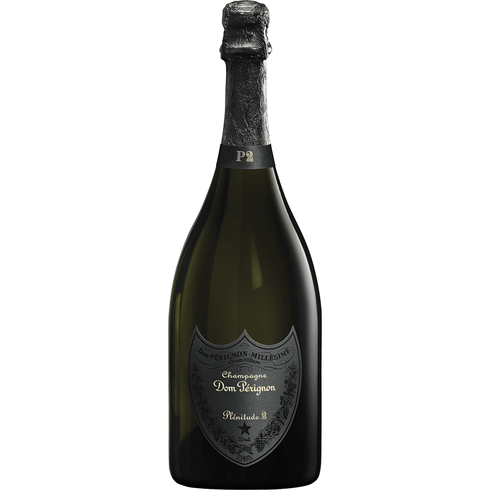
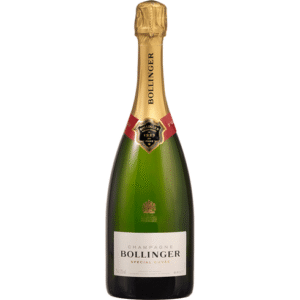
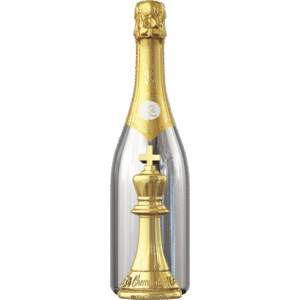
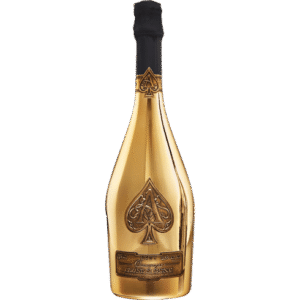

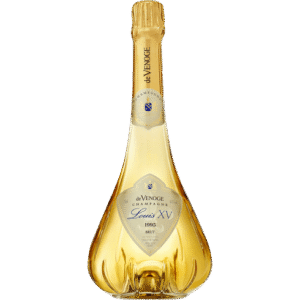


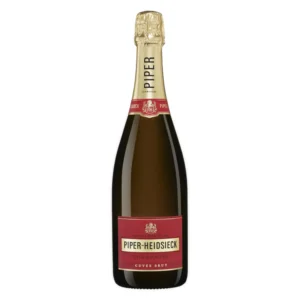
Reviews
There are no reviews yet.